Energy Efficiency Certification
WANJIA® is committed to energy saving. We participate in the energy efficiency program, ensuring our windows and doors meet strict energy efficiency standards, reducing energy consumption and environmental impact.
The Significance of Energy Efficiency
Energy Star: People can identify and choose windows and doors with higher energy efficiency and reduce energy waste by viewing this logo.
NFRC: It stands for the National Fenestration Rating Council which is a non-profit organization that establishes window, door and skylight energy performance.
CSA: Both certifications provide product compliance, quality assurance, safety guarantee, credibility, helping to enhance customers’ market competitiveness and trust.
AS 2047: The objectives of the AFRC are to provide fair, accurate, and reliable energy performance ratings.
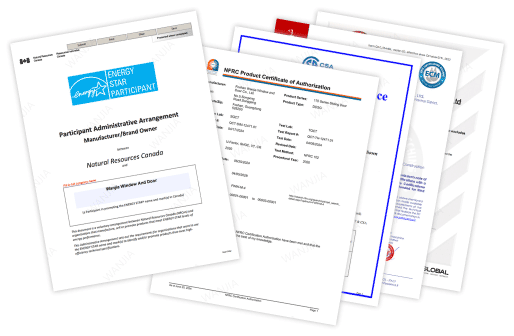
Energy Star Certification
You will get a more reliable way to save on energy bills, and help you to choose energy-saving windows and doors, reducing your energy consumption.
High Performing Windows
Windows have many uses in your home from adding light to making your home more visually appealing. However, old, poorly made, drafty, or degraded windows can waste lots of energy and leave you very uncomfortable when weather is the most extreme. Here are a few big indicators that it may be time to replace your windows.
Improving the performance of your windows is an important part of an ENERGY STAR Home Upgrade because it reduces the energy waste associated with a leaky home and improves comfort. Windows and storm windows that earn the ENERGY STAR label meet performance criteria that are better than basic building code requirements and vary by climate.
What’s the Energy Star criterion?
Energy Star has a label indicating the certification scope of the product.Its ratings vary depending on the climate in your region. Here is the form about heat transfer coefficient and solar heat gain coefficient values of energy star standard as below.
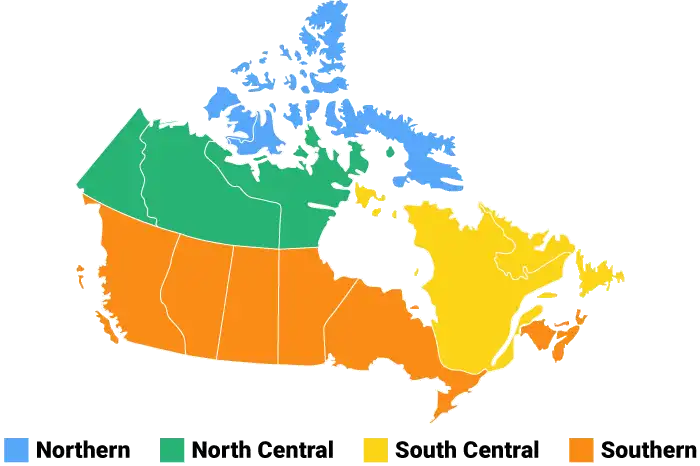
Climate Area | Window | Door U-Factor | Window SHGC | Door SHGC |
|---|---|---|---|---|
Northern | ≤0.27 | ≤0.25 | Any | ≤0.40 |
North-Central | ≤0.30 | ≤0.30 | ≤0.40 | ≤ 0.40 |
South-Central | ≤0.30 | ≤0.30 | ≤0.25 | ≤0.25 |
Southern | ≤0.40 | ≤0.30 | ≤0.25 | ≤0.25 |
* Take Canada as example
Data Standard from WANJIA™
WANJIA™ offer windows and doors with superior U-factor and SHGC ratings, ensuring optimal energy and thermal performance. Here is a form representing the criterion from WANJIA™ as below:
Data | U-factor | SHGC | VT |
|---|---|---|---|
Window | 0.24 - 0.30 | 0.28 - 0.29 | 0.31 - 0.37 |
Door | 0.25 - 0.28 | 0.34 - 0.35 | 0.41 - 0.44 |
* Partial range of numerical values for WANJIA™ windows and doors
What are the functions of different glass types?
Different glass types show different absorbance, reflectance and transmittance. Laminated glass provides maximum UV absorption. Coated glass is the second only to the laminated, providing privacy by obscuring the view but still allowing light to pass through. Click the video to explore more info about glass.
Find the Products for You
Pay more attention to creativity, function, window & door structure.
Skilled creating functional and visually appealing product openings.
Provide quality windows and doors solutions to fix your problem.
Upgrade homes, ensuring efficiency and style through replacement services.
Do you want to explore more information about energy saving?
Please keep diving deeply into the FAQ from WANJIA™ .
National Fenestration Rating Council
It provides energy performance ratings for windows and doors. The goal of NFRC is to promote energy efficiency and enhance building performance through accurate and reliable product evaluations.
What Data Will NFRC Label Show You?
First of all, you will get four important factors such as u-factor, solar heat gain coefficient, visible transmittance,and air leakage as below. NFRC advances energy efficiency and environmental sustainability in the building industry through its rigorous rating system.
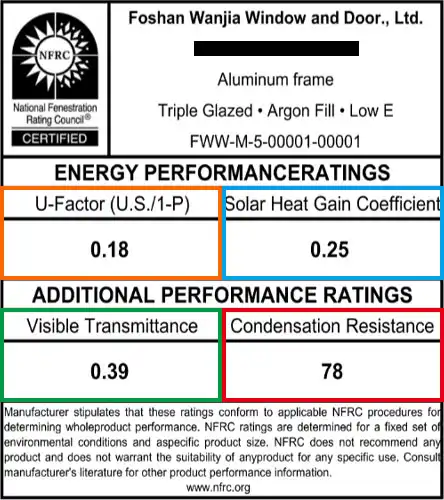
What’s the NFRC Standard?
The NFRC (National Fenestration Rating Council) standard measures and certifies the energy performance of windows, doors, and skylights in the United States. Here is the table of the NFRC official criterion as below:

Climate Area | Window | Door U-Factor | Window SHGC | Door SHGC |
|---|---|---|---|---|
Northern | ≤ 0.22 | ≤ 0.26 | ≥ 0.17 | ≤ 0.45 |
North-Central | ≤ 0.25 | ≤ 0.26 | ≤ 0.40 | ≤ 0.40 |
South-Central | ≤ 0.28 | ≤ 0.28 | ≤ 0.23 | ≤ 0.23 |
Southern | ≤ 0.32 | ≤ 0.28 | ≤ 0.23 | ≤ 0.23 |
* Take America as example
Product Statistics From WANJIA
WANJIA® windows and doors have passed the NFRC test, demonstrating excellent performance. The U-factor, SHGC, and VT ratings meet international standards. Here is the listed data below.
Data | U-factor | SHGC | VT |
|---|---|---|---|
Window | 0.22 - 0.19 | 0.25 - 0.32 | 0.39 - 0.44 |
Door | 0.22 - 0.23 | 0.24 - 0.32 | 0.38 - 0.43 |
* Partial range of numerical values for WANJIA™ windows and doors
Find the Products for You
Pay more attention to creativity, function, window & door structure.
Skilled creating functional and visually appealing product openings.
Provide quality windows and doors solutions to fix your problem.
Upgrade homes, ensuring efficiency and style through replacement services.
CSA Certification
The CSA marking is considered to be the equivalent of the CE mark. Both certifications ensure that products meet safety and quality standards.
North American consumers and businesses trust CSA group
Today’s buyers put a high premium on energy efficiency. Consumers often choose products that they know will save them money on their monthly utility bill and perform better for the health of the planet. CSA Group energy efficiency marks demonstrate that your product has met the energy efficiency requirements for Canadian and U.S. regulators.
The difference between the CSA Group Energy Efficiency Mark |
|---|
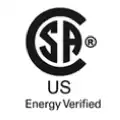 | Energy efficiency and certification requirements | Demonstrates compliance with applicable DOE energy efficiency regulations and the applicable certification standards for the U.S | U.S. |
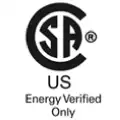 | Energy efficiency requirements only | Demonstrates compliance to the applicable DOE energy efficiency regulations | U.S. |
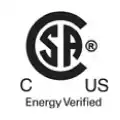 | Energy efficiency and certification requirements | Demonstrates compliance to applicable DOE energy efficiency regulations, the federal and provincial energy efficiency regulations in Canada and the applicable certification standards for the U.S. and Canada | Canada, U.S. |
 | Energy efficiency requirements only | Demonstrates compliance to applicable DOE energy efficiency regulations and the federal and provincial energy efficiency regulations in Canada | Canada, U.S. |
* Data source CSA GROUP
Consumers and businesses around the world trust the CSA Energy Efficiency Mark. From homes to manufacturing plants, these marks verify your product's energy efficiency to gain a competitive advantage. Although our products have received this certification, we still feel compelled to share with you demonstration images of the product’s energy efficiency working
Test Conditions in Different Seasons

How will the product exert its heat insulation performance in summer?
Insulating glazing: Double-layer or triple-layer glass is with air or gas-filled spaces in between, which will reduce heat transfer through conduction and keep cool indoor in hot weather.
Low-E: Transparent layer reflects heat while allowing visible natural light to pass through, which minimize heat gain from solar radiation.
However, how to trigger the heat preservation in winter?
Sealing strips: Properly installed weatherstripping and seals can prevent air leakage from windows & doors, and minimize indoor airflow, so as to maintain a warm temperature in winter.
The Role of Thermal Break Structure
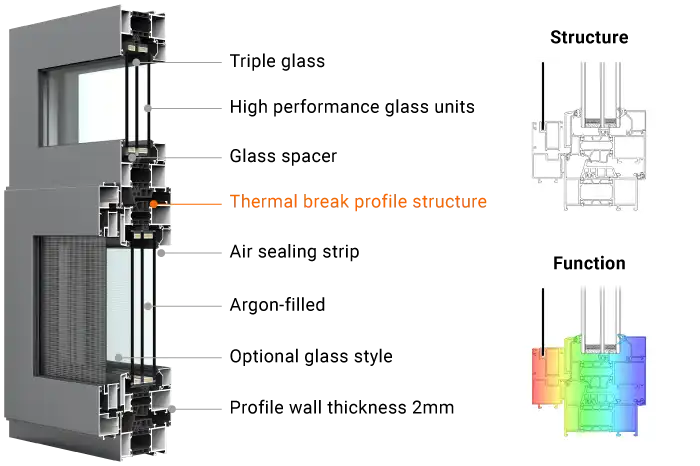
Does the thermal break structure pass the energy rating test?
By testing the U-factor of thermal break structure, it has been proved an excellent performance. For example, some of the U-factor of WANJIA™ products are from 0.19 to 0.22. The lower the U-factor, the better the thermal insulation performance, which gets the higher the energy rating.
Is it inferior energy rating efficiency for non-thermal break structure product?
Non-thermal break structure products often have worse sealing properties, leading to air leakage and potential airflow. Consequently, the interior of a building may experience more significant temperature fluctuations, requiring additional energy to maintain a comfortable indoor environment.
How do glass type and cavity affect energy efficiency?

Could you explain more Low-E coatings?
Low-e is a thin and transparent coating applied to the surface of glass window and door. The purpose of these coatings is to reduce heat transmission and improve the energy efficiency of buildings. For example, they reflect solar heat away from the building, reducing the amount of heat that enters and keeping the interior cooler.
What are the pros of triple-layer glass with two cavities?
Improve insulation, three layers glass and two air gaps provide thermal insulation, which reduce heat transfer through conduction, convection and radiation, resulting in reduced exchange of heat between interior and exterior.
Find the Products for You
Pay more attention to creativity, function, window & door structure.
Skilled creating functional and visually appealing product openings.
Provide quality windows and doors solutions to fix your problem.
Upgrade homes, ensuring efficiency and style through replacement services.
Australia Certification
The objectives of the Australian Fenestration Rating Council are to provide fair, accurate, and reliable energy performance ratings.
Australia Geographical Factors
Australia is situated in the southern hemisphere and is surrounded by the Indian and Pacific Oceans. More than 30% of the humidity is mainly distributed in the Northern and Southeast, which is related to climate closely.


Population Distribution Factors
According to the above charts, we find that the population of Australia is mainly concentrated in the Southeast because it mainly features temperate maritime climate and tropical humid climate.
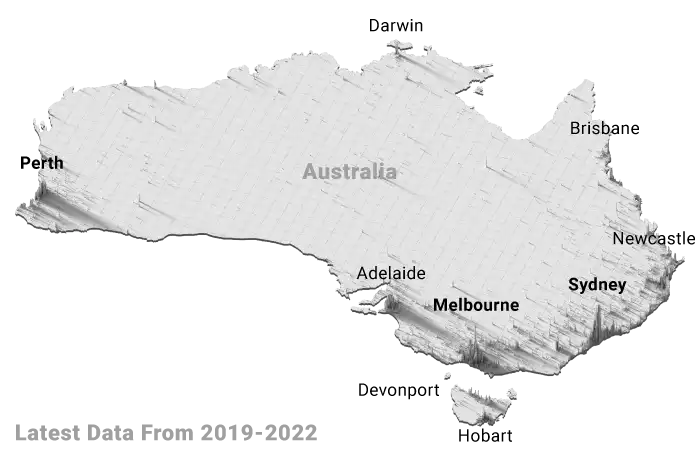
City | Population | Fraction of total (%) |
|---|---|---|
Melbourne | 4,969,305 | 19.3% |
Sydney | 4,966,806 | 19.3% |
Brisbane | 2,475,680 | 9.6% |
Perth | 2,083,645 | 8.1% |
Adelaide | 1,357,504 | 5.3% |
Newcastle | 298,015 | 1.2% |
Hobart | 219,071 | 0.9% |
Cairns | 155,340 | 0.6% |
Darwin | 133,268 | 0.5% |
New House Trends in Australia
From 2005 to 2020, there was an increasing number of Australians tending to purchasing new units or flats instead of houses. Since 2010, the increasing rate of units and flats has reached about from 6% to 10%.
New residential dwellings (%) | 2005 | 2010 | 2015 | 2020 |
|---|---|---|---|---|
House | 68% | 72% | 60% | 52% |
Units | 20% | 16% | 26% | 32% |
Four+ storey flats | 16% | 10% | 20% | 30% |
* Data source ABS (Australian Bureau of Statistics)

About Air Tightness Performance
Anti-air Leakage & Foggy Prevention
Due to the high humid climate in the Southeast Australia all year round, it is particularly important to consider the air tightness performance of windows and doors.
We are seriously considering the further sustainable development of windows and doors. WANJIA™ R&D team is always dedicated to upgrading the air tightness performance for the future.
Find the Products for You
Pay more attention to creativity, function, window & door structure.
Skilled creating functional and visually appealing product openings.
Provide quality windows and doors solutions to fix your problem.
Upgrade homes, ensuring efficiency and style through replacement services.
YOUR WANJIA® EXPERT
We will provide reliable guidance and solutions for all WANJIA® products, ensuring optimal performance and customer satisfaction.
